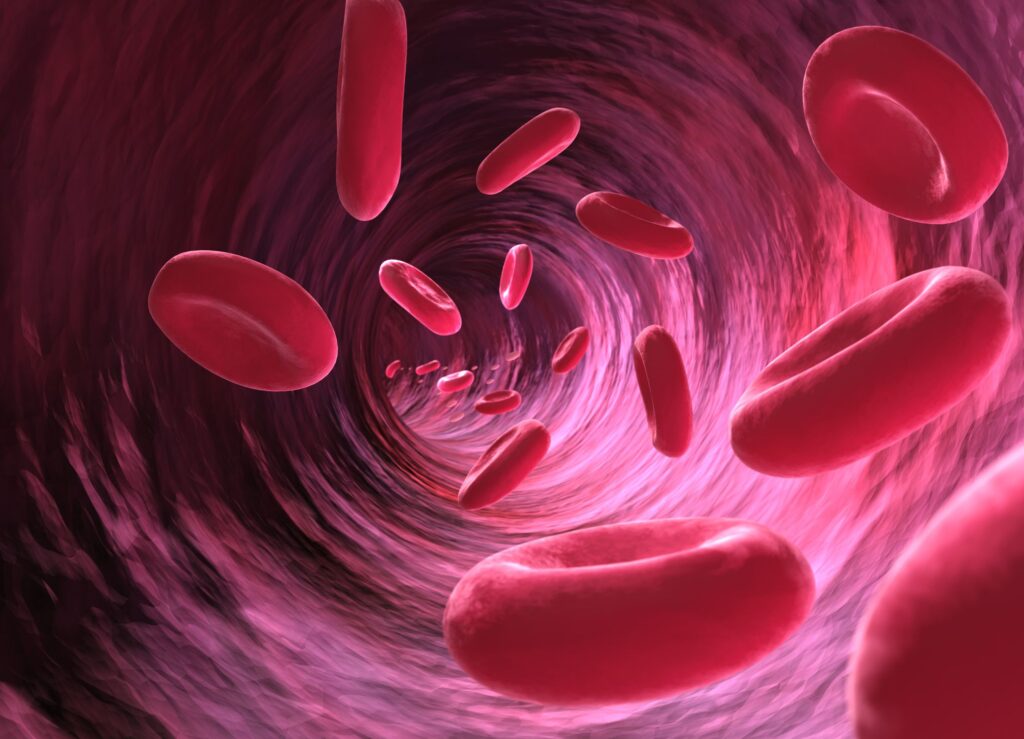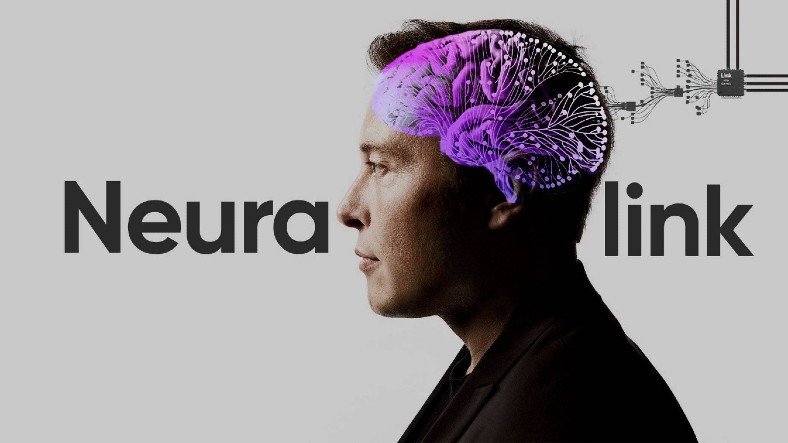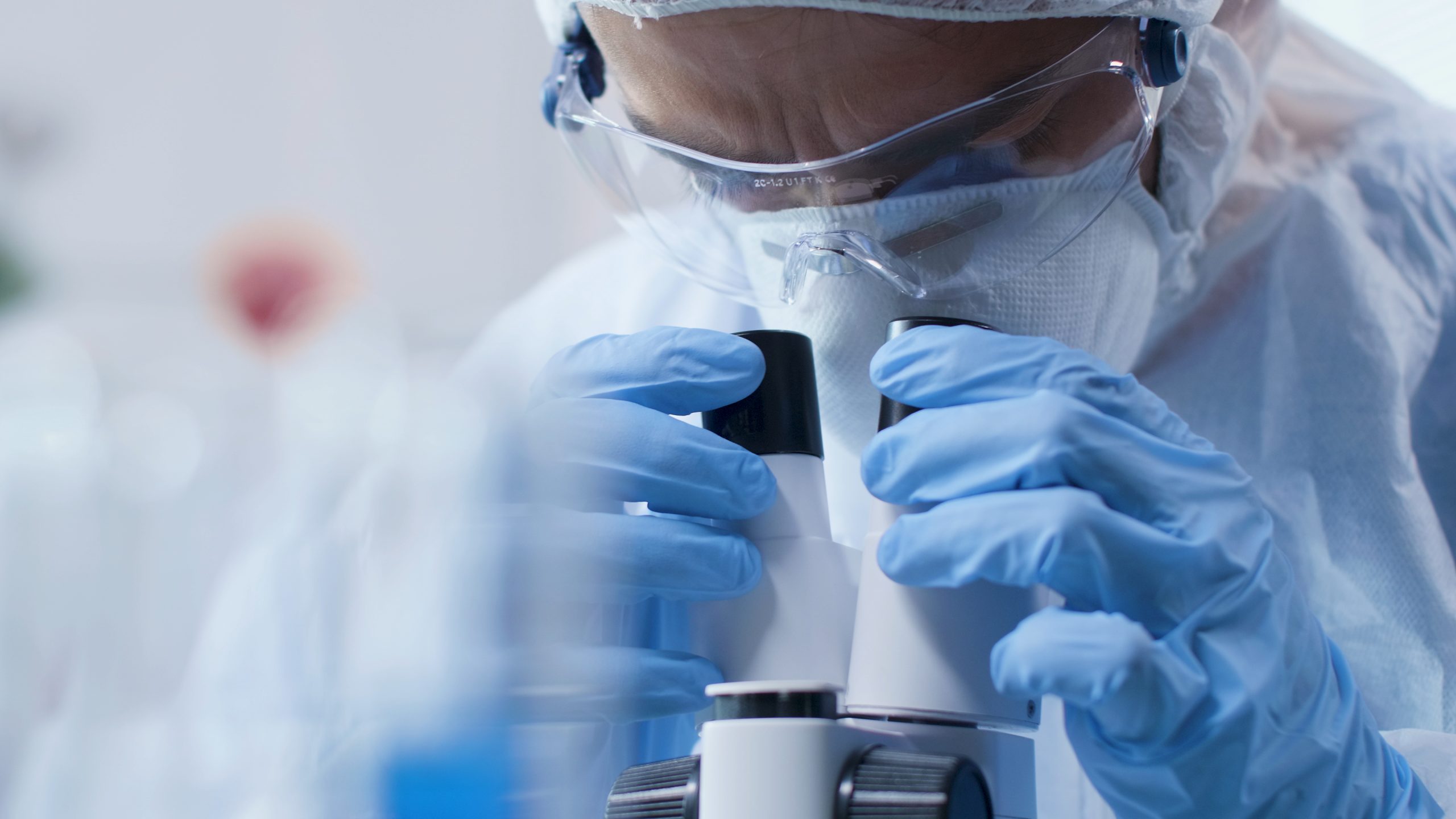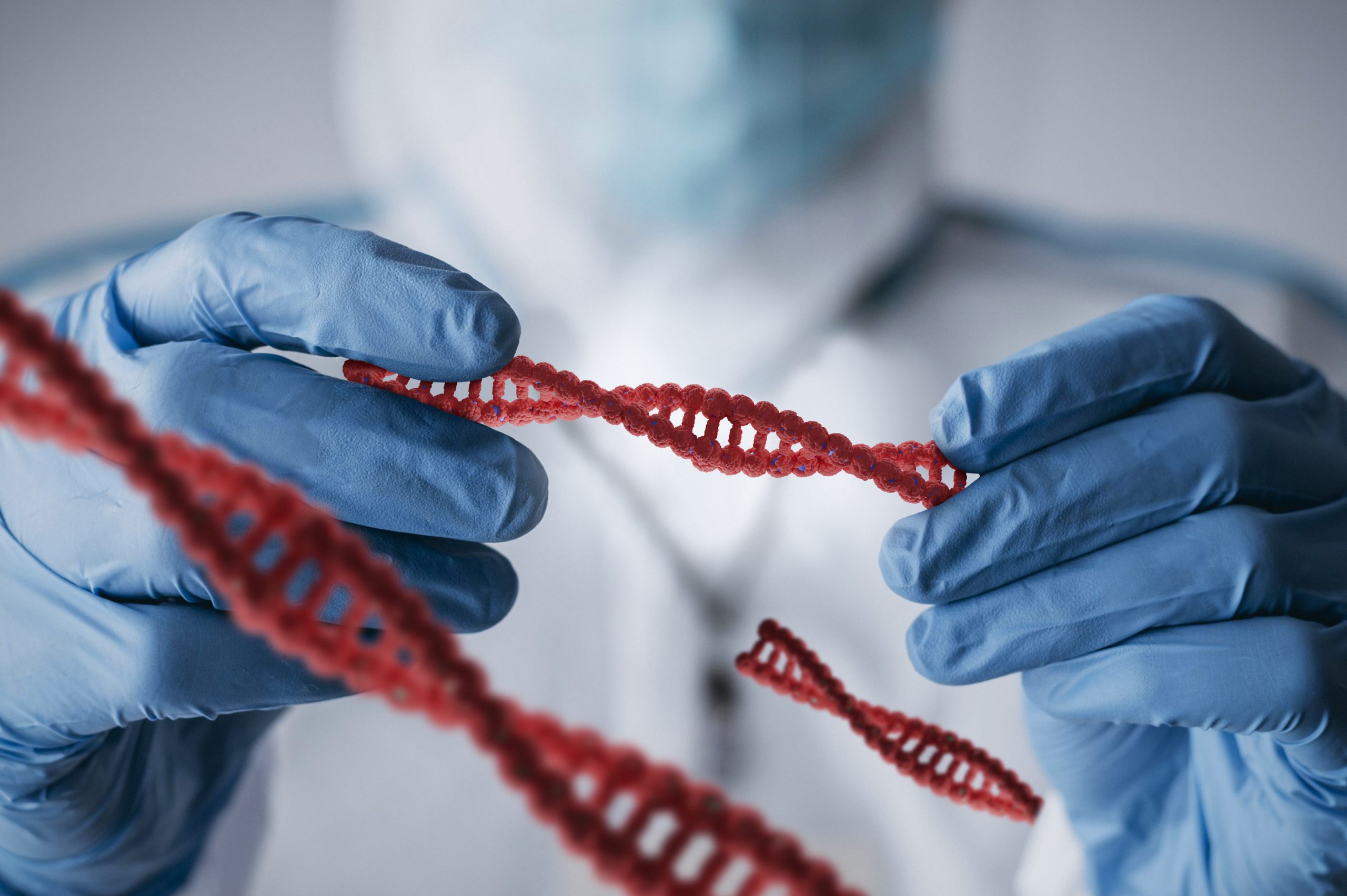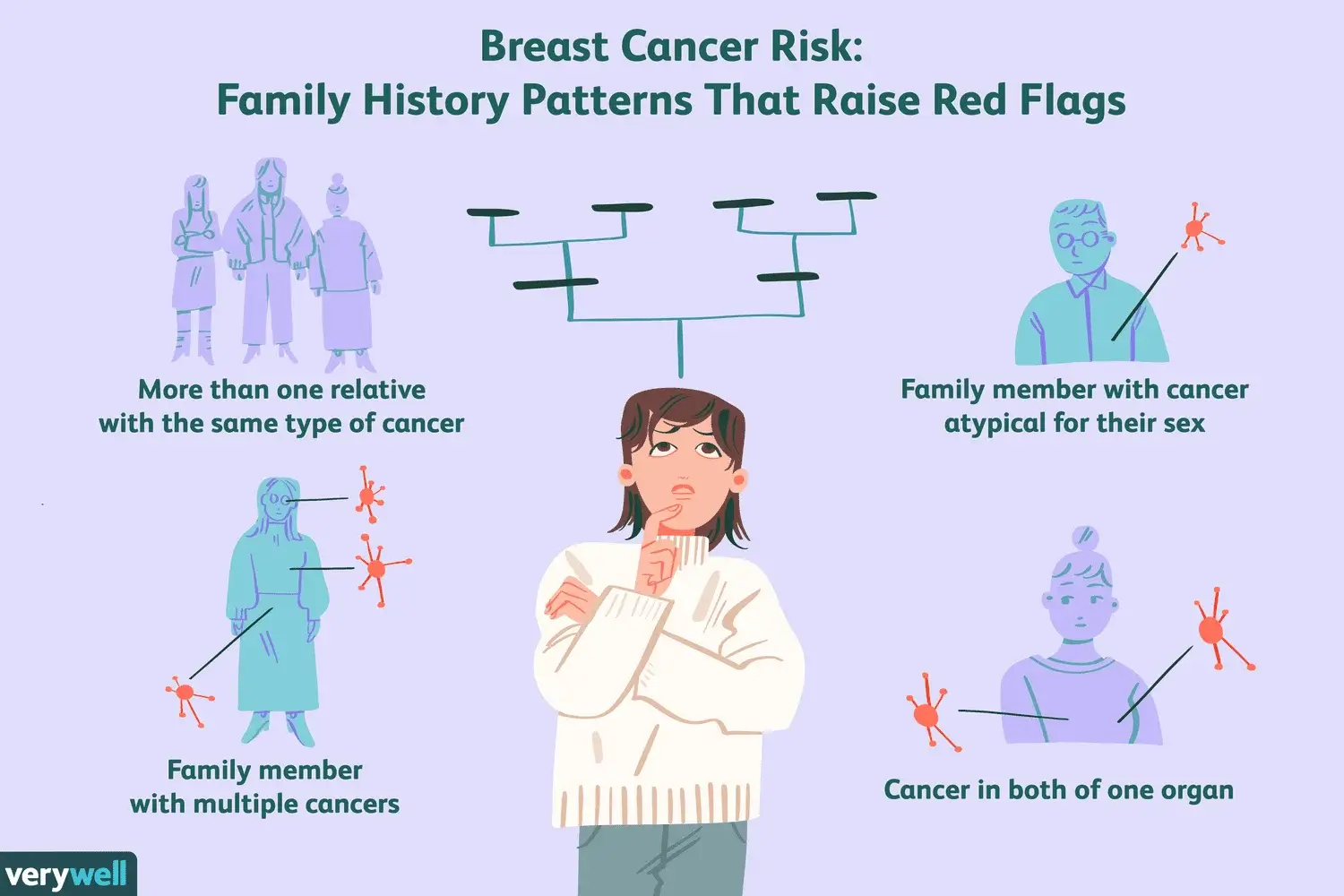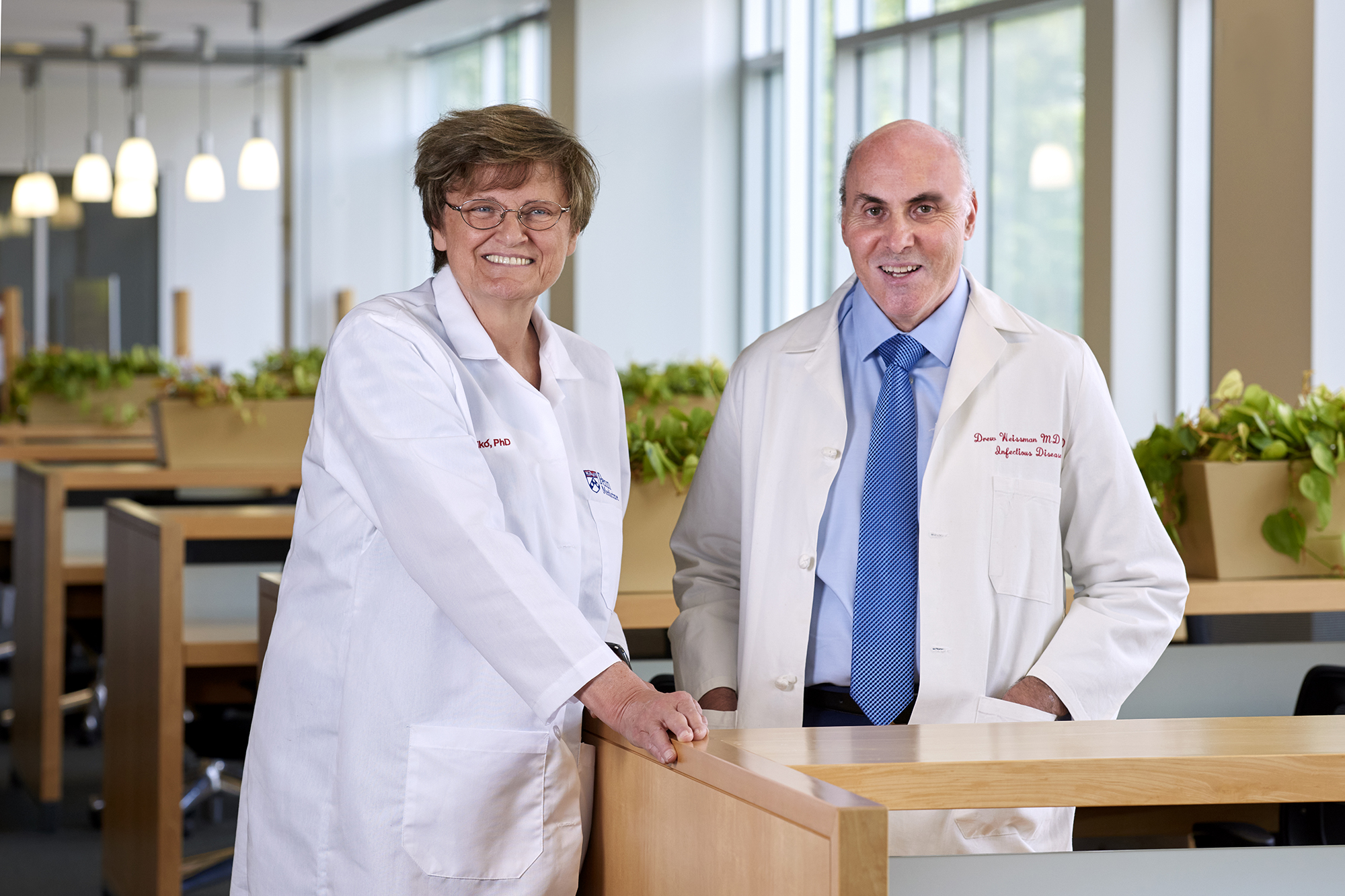What is anaemia?
Anaemia is a condition in which you lack enough healthy red blood cells to carry adequate oxygen to your body’s tissues. As in a routine blood test anaemia is reported by having a low hematocrit or haemoglobin levels. Anaemia can be mild or severe depending on its etiology and also the symptoms may also vary.
Causes of anaemia
In general, the causes of anaemia ranges from genetical factors, lifestyle, disease conditions, gender and to other factors. In consideration, women, children and the elderly have a higher risk of anaemia.
DIET DEFICIENCY: A diet consistently low
in iron, vitamin B-12 and folate increases your risk of anemia.
INTESTINAL DISORDERS: Having an intestinal disorder that affects the
absorption of nutrients in your small intestine such as Crohn’s disease and celiac disease puts you at risk of anemia.
MENSTRUATION: In general, women who haven’t had menopause have a greater risk of iron deficiency and also anaemia due to their monthly blood flow.
PREGNANCY: If you’re pregnant and aren’t taking a multivitamin with folic
acid and iron, you’re at an increased risk of anemia.
CHRONIC DISEASES: If you have cancer, kidney failure, diabetes or another chronic condition, you could be at risk of anemia of chronic disease. These conditions can lead to a shortage of red blood cells.
FAMILY HISTORY: If your family has a history of an inherited anemia, such as sickle cell anemia, you also might be at increased risk of the condition.
OTHER FACTORS: A history of certain infections, blood diseases and autoimmune disorders increases your risk of anemia. Alcoholism, exposure to toxic chemicals, and the use of some medications can affect red blood cell production and lead to anemia by causing haemolysis.
AGE: People over age 65 have a higher risk of anemia.
HAEMORRAGE: Bleeding profusely as from injury or other pathological factors can decrease the RBC count leading to anaemia and even shock.
TYPES OF ANAEMIA
1. Iron deficiency anemia: This is the most common type of anemia and it’s caused by a shortage of iron in your body. Your bone marrow needs iron to make hemoglobin. It is also caused by blood loss through heavy menstrual bleeding, an ulcer, cancer and regular use of NSAID’s especially aspirin, which can cause decrease inflammation and gastric varies leading to bleeding. In pregnancy inadequate iron supplementation can cause this type of anaemia.
2. Vitamin deficiency anemia: Besides iron, your body needs folate and vitamin B-12 to produce enough healthy red blood cells. A diet lacking these nutrients will cause a decrease in RBC production and also lack of vitamin B12 can cause pernicious anaemia.
3. Anemia of inflammation: Certain diseases such as cancer, HIV/AIDS, rheumatoid arthritis, kidney disease, Crohn’s disease and other acute or chronic inflammatory diseases can interfere with the production of red blood cells.
4. Aplastic anemia: This rare, life-threatening anemia occurs when your body doesn’t produce enough red blood cells. It is caused by infections, certain medications, autoimmune diseases and exposure to toxic chemicals.
5. Anemias associated with bone marrow disease: A variety of life threatening conditions such as leukemia and myelofibrosis, can cause anemia by affecting blood production in your bone marrow.
6. Hemolytic anemias: This group of anemias develops when red blood
cells are destroyed faster than bone marrow can replace them. It is caused by certain blood diseases, genetics and medications.
7. Sickle cell anemia: This inherited and sometimes serious condition is a hemolytic anemia. It’s caused by a defective form of hemoglobin that forces red blood cells to assume an abnormal crescent (sickle) shape. These irregular blood cells die prematurely i.e (has a life span below 80 days) resulting in a chronic shortage of red blood cells.
8.Thalassemia: This is an inherited genetic disorder in which the RBC has below normal or abnormal haemoglobin levels.
CLINICAL MANIFESTATIONS
Anemia signs and symptoms vary depending on the cause. If the anemia is caused by a chronic disease, the disease can mask them, so that the anemia might be detected by tests for another condition.
Depending on the causes of your anemia, you might have no symptoms but however, if they do occur, you might have these manifestations depending on the severity;
MILD ANAEMIA
Headache
Pain, including in your bones, belly, and joints
Problems with growth, for children and teens.
Shortness of breath
Cold hands and feet
Fatigue
Weakness
Pale or yellowish skin
Irregular heartbeats
Dizziness or lightheadedness
Chest pain
Nausea
Vomiting
Itching skin or skin irritation
SEVERE ANAEMIA
Flushes
Seizures
Coma
Organ failures
Convulsions
Shock
ASSESSMENT AND DIAGNOSTIC INVESTIGATIONS
- History and physical examination
- Blood sample test for Complete blood count (CBC), haemoglobin levels and Mean Corpuscular Volume (MCV) for the cause of the anaemia.
- Haemoglobin electrophoresis: This measures the various type of haemoglobin in your blood.
- Blood Reticulocyte Count (BRC): Tis measure the number of immature red blood cell count in the blood.
- Test for iron levels in the blood and body: There are two methods in reducing this yet through serum iron test or feritin test.
- Endoscopy can also be done for the site of the cause of the anaemia as in bleeding.
TREATMENT OF ANEMIA
The treatment will be based on the type and cause of the anaemia.
1. In sickle cell anemia you may need medications; Hydroxyurea (Droxia, Siklos, Hydrea ).
2. Folic acid supplementation especially in pregnancy
3. Iron tablet supplementation so in pregnancy
4. Blood transfusion
5. Intermittent antibiotics in sickle cell anemia.
6. Medications like: called voxelator (Oxbryta) helps the blood cells in gaining the proper shape.
7. Crizanlizumab-tmca (Adakveo) can keep the blood cells from sticking together and blocking vessels.
8. L-glutamine oral powder (Endari) can also reduce the pain in blood vessels.
9. Balanced diet requires nutrients such as vitamin B12 and folate.
10. Vitamin B12 and folate supplementation
11. In thalassemia, treatment is not necessary but it may need a bone marrow transplant or surgery.
12. Haematenics such as Tothema can also be prescribed.
PREVENTION OF ANEMIA
Many types of anemia can’t be prevented. But you can avoid iron deficiency
anemia and vitamin deficiency anemias by eating a diet that include:
1. Iron. Iron-rich foods include beef and other meats, beans, lentils, iron-
fortified cereals, dark green leafy vegetables, and dried fruit.
2. Folate. This nutrient, and its synthetic form folic acid, can be found in
fruits and fruit juices, vegetables.
3. Vitamin B-12. Foods rich in vitamin B-12 include meat, dairy products.
4. Vitamin C. Foods rich in vitamin C include citrus fruits and juices.
COMPLICATIONS OF ANAEMIA
- Heart problems. E.g. arrhythmias
- Shock
- Organ failure. E.g. kidney failure related to decreasing renal perfusion.
- Pregnancy complications. E.g. premature birth.


